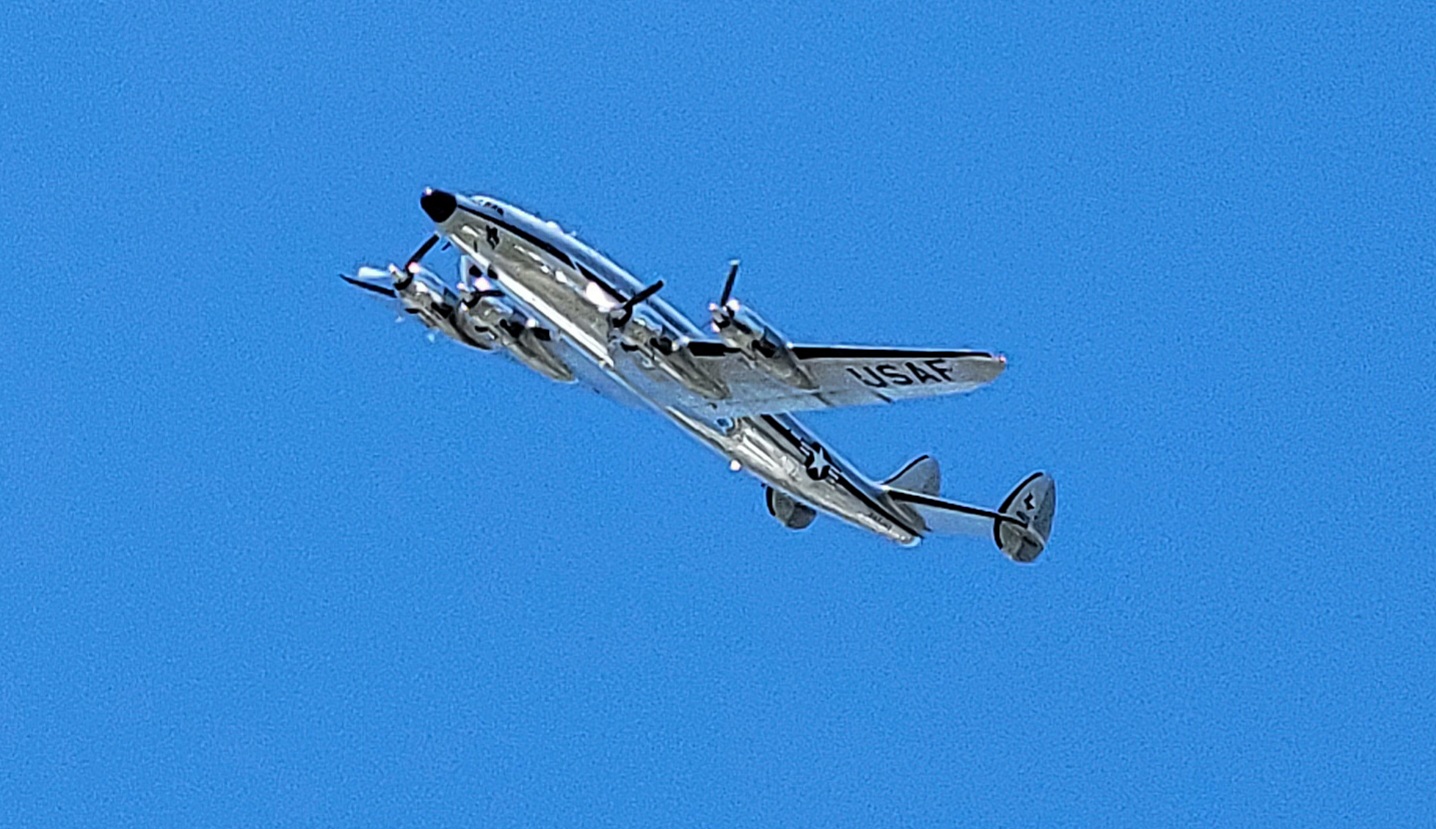Do you ever wonder what kinds of things affect the price you pay for the airline ticket to go see grandma? Did you ever wonder what has changed since the first passenger jet went into service?
In 1952 the de Havilland Comet was the first commercial passenger jet to enter service for the British Overseas Airway Corporation (BOAC.) This marked the start of a new era in aviation as the Comet could carry 36 passengers, and had a top cruising speed of 720 km/h (450 mph,) and could travel a distance of 4000 km (2500 miles.)Just like the airlines of today, weight is everything. Weight is why you are charged for that checked bag; weight is why you are limited to one carry-on.
In 1952, in order for the Comet to carry the maximum amount of weight in both passengers and freight, the aircraft and fuel had to be kept to its very minimum. This started at the factory where the Comet was build. Construction techniques ended up being a mixture of both old and new such as: they used rivets, but they also incorporated gluing. This technique was called the Redux bonding technique and was used to reduce weight not only in the Comet, but also in two of the BOAC aircraft; the Hornet and the Dove (Royal Air Force Museum, 2020).
While the Comet won the start of the commercial travel industry on a scheduled route, it would not turn out to be a victory after all. Between disasters, delays and an unlikely rival from across the Atlantic, the British ambitions would restructure the initial Jet Age (Szondy, 2022).
In July of 1954, the Boeing Aircraft Company would put into service the 367-80, better know as the Dash 80. It would eventually become the commercial air transportation version when the famous Boeing 707 became America’s first jet airliner (Smithsonian National Air and Space Museum, n.d.). The 707 was designed to travel from coast to coast, but it could also travel across the Atlantic by making one stop for fuel. Boeing eventually modified the 707 with extra fuel tanks and a turbofan engine, for greater fuel efficiency and this became the 707-300’s. These aircraft could cross the Atlantic without making the extra stop for fuel (Smithsonian National Air and Space Museum, n.d.). We were entering the time of sustainability, flying with greater fuel efficiency, and greater distances. Boeing built a total of 855 707’s within the 707-300 series (Smithsonian National Air and Space Museum, n.d.).
References:
Royal Air Force Museum. (2020). Comet Enters Service. Retrieved from Royal Air Force Museum: https://www.rafmuseum.org.uk/research/archive-exhibitions/comet-the-worlds-first-jet-airliner/comet-enters-service/#:~:text=On%202%20May%201952%20the,4000%20km%20(2500%20miles).
Smithsonian National Air and Space Museum. (n.d.). The Evolution of Commercial Airliners. Retrieved February 28, 2025, from Smithsonian National Air and Space Museum: https://airandspace.si.edu/events/fast-forward-concorde-and-future-supersonic-flight
Szondy, D. (2022, February 22). The Comet, the 707, and the disaster that shaped the Jet Age. Retrieved from New Atlas: https://newatlas.com/aircraft/de-havilland-comet-boeing-707-airliners-jet-age-history/
[/fusion_text][/fusion_builder_column][/fusion_builder_row][/fusion_builder_container]
